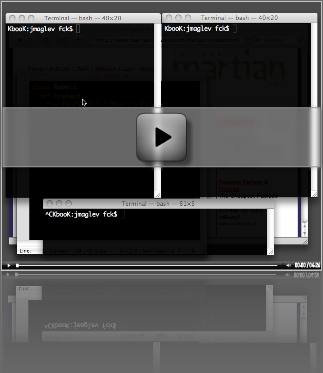I’ve just passed the certification exam from Ruby Association. I’m not allowed to talk much about the test itself, but I leave my warning here: be prepared.

Copyright (C) 2008 Ruby Association LLC
I was surprised, when I found it wasn’t an easy exam. I haven’t studied anything, as I’m working with Ruby everyday. But I should. Unfortunately, the test requires you to memorize many methods from core classes.
Learn the Core API, mainly the Array, Hash, String, Fixnum, Float, Object, Kernel, Time and File classes. Study until you memorize their methods. There are many questions about Hashes, Strings and Arrays. Caution with methods that modify the objects itself and methods that don’t (mutable vs immutable).
Also, be sure that you have a good understanding of Ruby Regular Expressions.
It would be great if the certification had more questions about OO in Ruby, Strings vs Symbols, less API memorization, blocks being the functional guys, operator overloading, modules as mixins, Test::Unit, threads, duck typing, dynamic typing, …
I haven’t seen any question about polymorphism! Shame.
Just to be clear, I don’t care that much for certifications. There are many people discussing if certifications are good or not (at least here in Brazil). I won’t discuss it here. My decision to be certified was made, because I teach Ruby classes and, at least here in Brazil, certifications are important to instructors.

